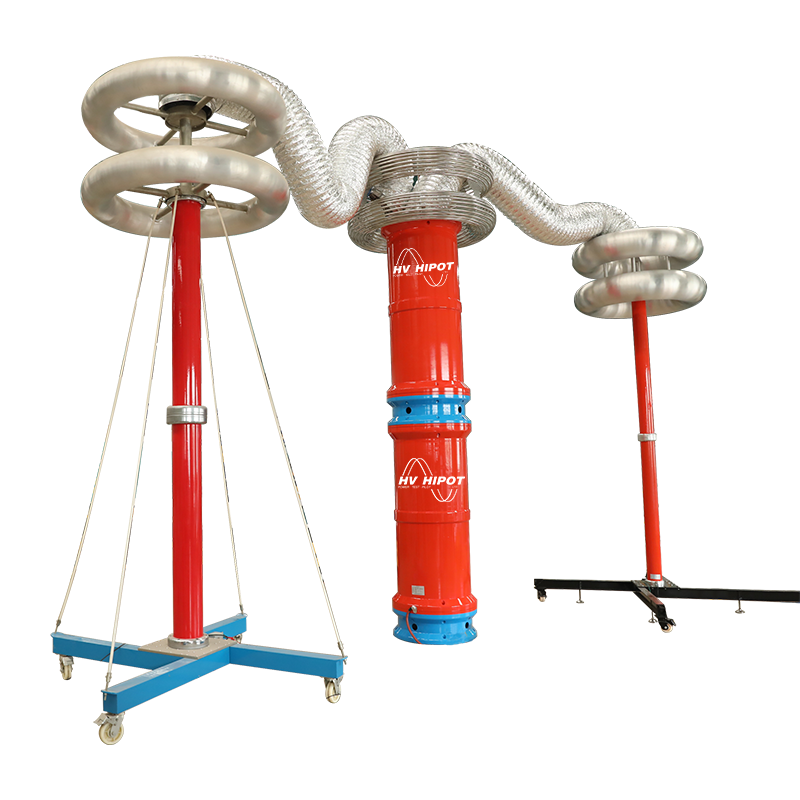Series resonance is a typical AC voltage withstand test device in power test. So what is the difference between series resonance and parallel resonance, and what are their characteristics?
The difference between series resonance and parallel resonance: it has different functions in the resonant state of the circuit. Resonance means that the output voltage and current are in phase. When the circuit is in series: the imaginary part of the total input impedance is equal to zero. When the circuit is in parallel: the imaginary part of the total input admittance is zero. In general, under impedance conditions, after resonance, the imaginary parts are equal and the symbols are opposite. The series impedance is equal to 0 and the parallel impedance is equal to infinity. During the resonance, the resonant current of the series circuit is infinite, and the resonant voltage of the parallel circuit is infinite.

GDTF series Transformer AC resonant test set
Series resonance characteristics: series resonance is also known as voltage resonance. In resistor, capacitor and inductor series circuit, the phenomenon of power supply, current and voltage in phase is called series resonance (also known as frequency conversion resonance). Its characteristics are: the circuit is a pure resistance circuit, the power supply is in phase with voltage and current, the reactance x is 0, and the impedance Z is the same as the resistance R. At this time, the impedance of the circuit is small and the current is large. On inductors and capacitors, it produces high voltages many times greater than the supply voltage, which is a characteristic of series resonant circuits.
Characteristics of parallel resonance: parallel resonance is also called current resonance. Parallel resonance is the superposition of the resonant voltage and the initial voltage. In a resistor, capacitor and inductor parallel circuit, when the terminal voltage of the circuit is in phase with the total current, it is called parallel resonance. Its characteristic is that the parallel resonance is a complete compensation. The power supply does not need to provide reactive power, only the active power required by the resistance. At this time, the total current of the resonant circuit is very small, and the branch current is usually greater than the current in the circuit, so the parallel resonance is also called the current resonance. This is the characteristic of parallel resonance.
Post time: Jan-22-2024
